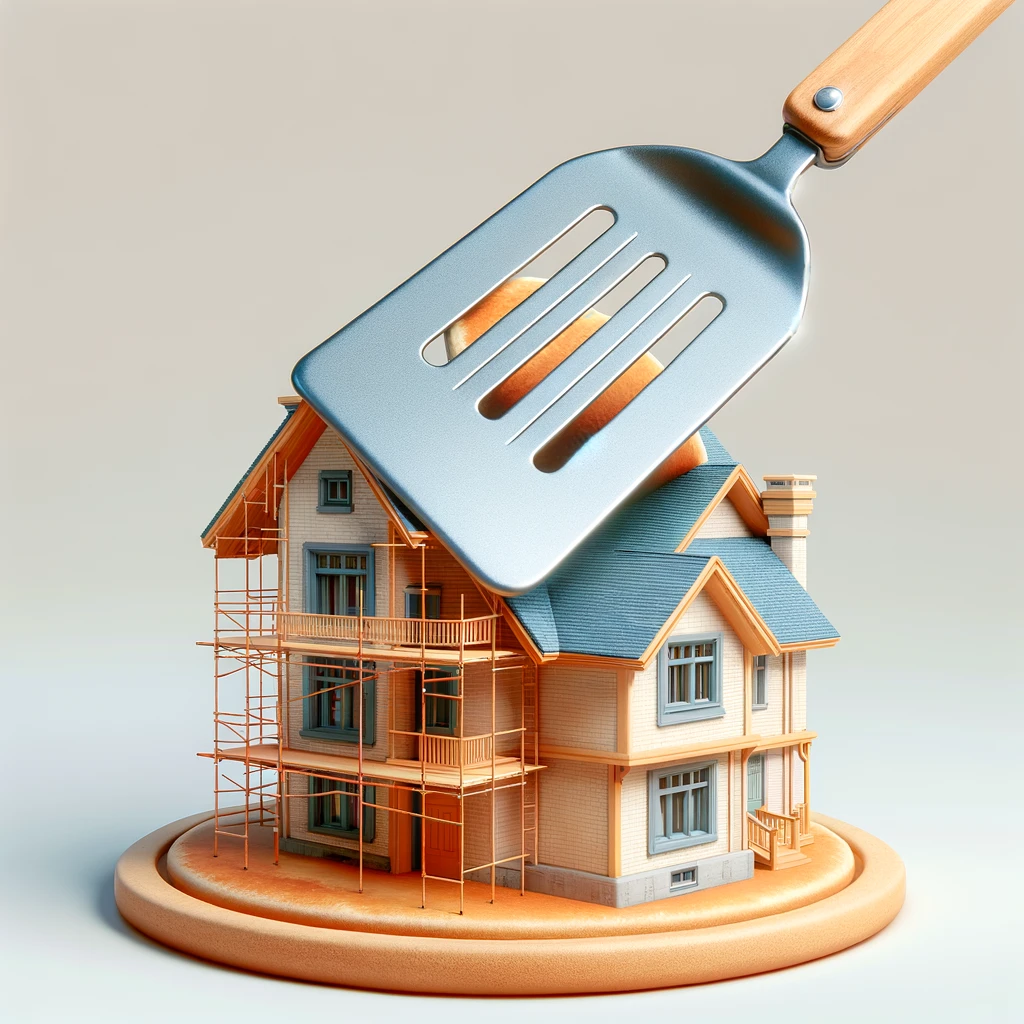The allure of flipping homes, transforming neglected properties into dream homes, and turning a profit has captured the imagination of many entrepreneurs and DIY enthusiasts alike. Television shows and success stories have popularized this venture, but beyond the glam and the before-and-after shots is the essential backbone of any flip: financing. Financing house flips to make the dream a reality can be daunting, but it’s within reach with the proper knowledge and tools.
Understanding the Basics of Home Flipping
Before delving into the financing part, it’s crucial to understand the fundamentals of home flipping. It involves purchasing a property at a low price with the help of Flipsquad, investing in renovations and repairs, and then selling it quickly at a profit with a focus on maximizing value while minimizing renovation costs.
Where and How to Get Financing for House Flips
Traditional Banks and Mortgage Lenders: The bank is the first place many think of to secure financing. Traditional mortgages might be an option if you have excellent credit, a steady income, and a significant down payment. However, these loans typically have strict requirements and might not be the best fit for a quick flip due to longer closing times.
Hard Money Lenders: Unlike traditional banks, hard money lenders focus on the property’s potential value after renovation. They can provide faster approval and funding, which is crucial in the competitive world of house flipping. These loans typically have higher interest rates and shorter terms, making them ideal for short-term projects.
Private Money Lenders: These are individuals or small groups willing to invest in your project, often acquaintances, friends, or family. Terms and interest rates can be more flexible since they’re based on personal relationships. However, be cautious; mixing personal relationships with business can be tricky.
Home Equity Line of Credit (HELOC): A HELOC might be an option if you already own a property with significant equity. This allows you to borrow against the equity in your home. While it offers flexibility in drawing money, it’s essential to remember that your home acts as collateral.

Thinking Outside the Box
Partnering Up: If you don’t have the funds but have the expertise, consider finding a partner who can bring the capital to the table. This way, you can split your responsibilities and profits.
Crowdfunding: Platforms like FundThatFlip have emerged, allowing investors to pool resources to finance flips. While this method is relatively new, it’s an innovative way to raise funds without traditional lenders.
Personal Savings: While this method might seem obvious, using personal savings means not worrying about interest rates and lenders. However, assessing the risks is crucial, as potential losses can directly impact personal financial security.
Credit Cards: After receiving the 80% from a hard money lender, credit cards can be used to cover the difference, but must be used quickly to avoid accruing interest charges unless you can negotiate a lower rate with your credit card company or take advantage of 0% APR introductory offers.
Some flippers might use the cash advance feature of their credit card to contribute to the down payment. However, cash advances come with high fees and interest charges.
Flipping homes can be an exciting and profitable venture for those willing to invest time, effort, and money. Financing is an essential piece of the puzzle.
Whether you’re gravitating towards traditional financing methods or more innovative routes, remember to conduct thorough research, understand the terms, and weigh the risks involved. With the right approach, Flipsquad, and the best financial strategy, you’re well on your way to flipping success. Happy renovating!

